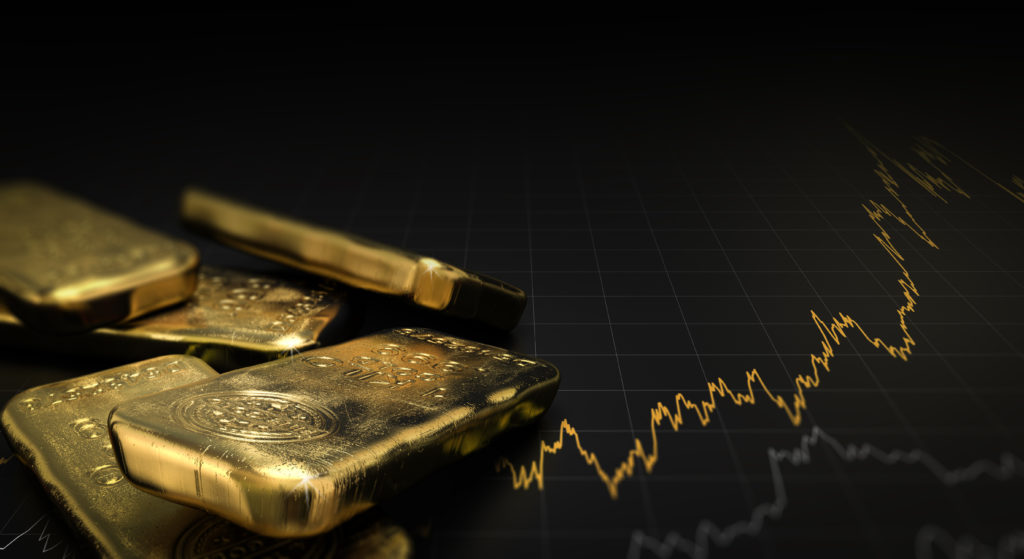With the prospect of inflation — is it time to buy gold?
28th July, 2020Mark Ting discusses on whether you should go all in on precious metals.
 The shine is back on precious metals as the price of gold is on the cusp of breaking out to an all-time high.
The shine is back on precious metals as the price of gold is on the cusp of breaking out to an all-time high.
Gold is a hedge against inflation so when investors worry about inflation, they buy gold.
Currently the global central banks are printing trillions of dollars out of thin air and dumping the money into the world economy, which should likely lead to inflation.
The prospect of more inflation combined with heightened geopolitical tensions and a falling U.S. dollar has increased the demand and price of gold.
If you are in the market for physical gold, there are precious metal dealers located in the Lower Mainland where you can pick up some gold or, if you prefer, shop online.
When buying physical gold, expect to pay a premium over the spot price of gold. For example, the current price of gold per ounce is $2528 CDN but the cost to buy a physical 1 oz gold bar is $2622 — the spread, in this case of $94, goes to the retailer.
Pros and cons
There are pros and cons to buying physical gold.
The main drawbacks are the higher purchase price and the storage costs. To keep their gold safe, many people rent safety deposit boxes or space in a private vault where costs are charged monthly and add up quickly.
An advantage of owning physical gold is that it is a tangible asset. You can touch, sell or trade your gold and it is one of the better storages of wealth available for people who do not trust the banking system and/or worry about hyperinflation.
Another option is to purchase a gold proxy exchange traded fund (ETF) which trades on the stock market. These ETFs mimic the price of gold in either US or Canadian dollars.
There are several gold bullion ETFs available, but they are not all equal. Some are backed by gold derivatives, which are like gold IOUs, while others are backed by actual physical gold bars held in a vault. I only buy the latter as I don’t trust gold derivatives.
Owning gold through an ETF is simple and cost effective. Two of the Canadian dollar precious metals ETFs that I personally own are called KILO and CEF. They have low management fees and are backed by real bars of gold and silver.
Mining investments
A third way to own gold is to invest in the gold explorers and producers. The producers have done well, with Barrick Gold, Canada’s largest mining company, up about 70 per cent since last year. The risk and potential rewards of buying mining stock are much higher than purchasing physical gold.
People who buy mining stocks are hoping for capital appreciation whereas people who buy gold bullion are doing so mainly to store their wealth in a manner that keeps up with inflation.
Most of the people contacting me about gold are worried about inflation — even hyperinflation. For them, the simplest way to own some gold is through a gold ETF. They also wonder whether it is too late to buy as the prices have increased substantially compared to a year ago.
Although the spotlight is shining on precious metals, it is not blinding. We haven’t reached the stage where gold stories are making headlines and all of my neighbours are asking how to get gold. When we reach that stage, that’s a sign that greed or fear has taken over a market and its best to step aside.
Another warning sign is when the price of an asset goes parabolic or increases exponentially. This isn’t the case for precious metals. Prices are trending higher but haven’t gone parabolic.
In my opinion it’s not too late to buy some gold — physical, ETFs or stocks — but buy in moderation. Do not sell all your traditional investments and go all in into precious metals as gold should only be one slice of your overall investment pie, not the entire portfolio.
Originally published in CBC’s Opinion section.